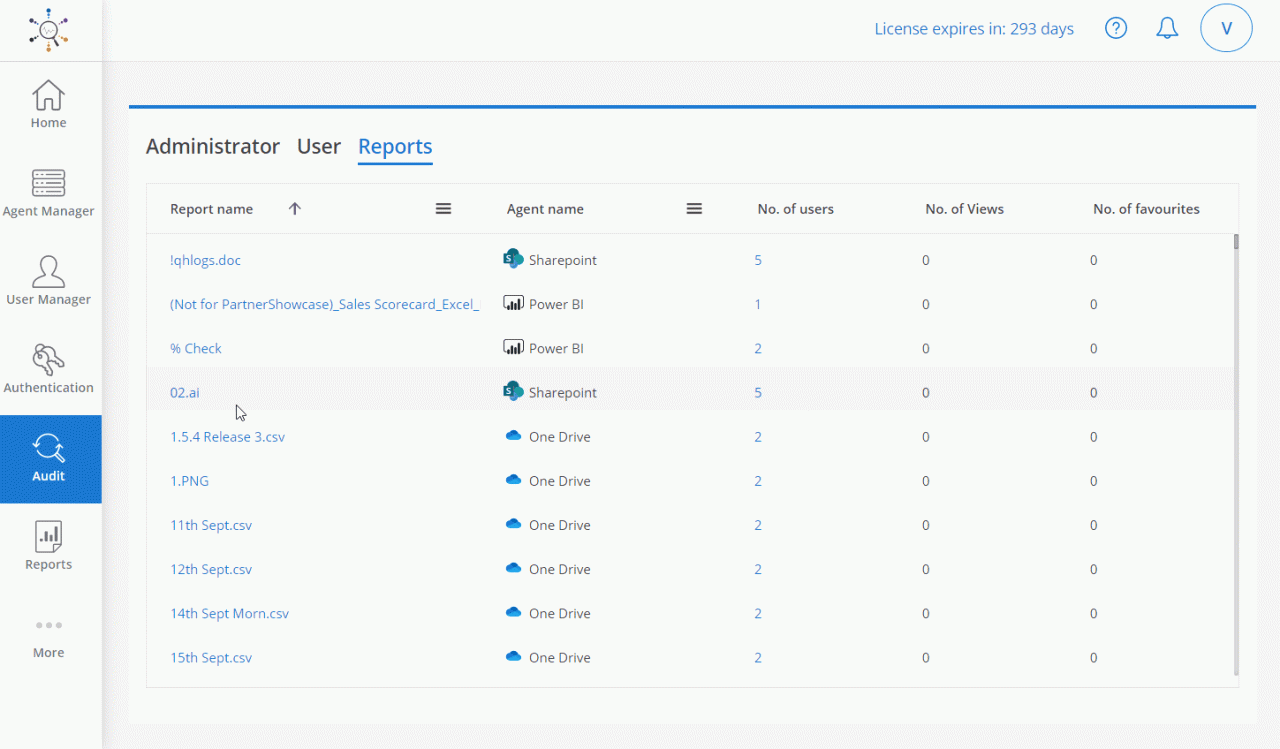Auditing and Monitoring BI Usage opens the door to understanding how businesses can harness data effectively. In today’s data-driven world, organizations rely heavily on Business Intelligence (BI) tools to make informed decisions. However, simply having access to these tools is not enough; ensuring their effective usage through auditing and monitoring is key to maximizing their potential. This process not only involves tracking usage patterns but also assessing the impact of BI on decision-making processes, ultimately leading to enhanced operational efficiency.
Moreover, by delving into the intricacies of auditing and monitoring, businesses can identify gaps, optimize resource allocation, and drive actionable insights that contribute to strategic growth. Whether it’s through leveraging data analytics or fostering a culture of accountability, the importance of this practice cannot be overstated in an era where data is paramount.
In the modern world, the topic of climate change has become an increasingly important issue that affects not only the environment but also economies, public health, and the overall quality of life. As scientists continue to present data indicating the urgency of addressing this crisis, individuals and organizations alike are being called to action. Understanding climate change, its causes, and its far-reaching consequences is essential for fostering a collective effort towards sustainability.To start, it’s crucial to grasp what climate change is.
Essentially, it refers to long-term alterations in temperature, precipitation, and other atmospheric conditions on Earth. While climate change naturally occurs over geological timescales due to volcanic eruptions, ocean currents, and solar radiation variations, the current trend is primarily driven by human activities. The burning of fossil fuels, deforestation, industrial processes, and agricultural practices release significant amounts of greenhouse gases (GHGs) like carbon dioxide (CO2) and methane (CH4) into the atmosphere.
These gases trap heat and lead to the greenhouse effect, which subsequently raises global temperatures.The consequences of climate change are alarming and multifaceted. One of the most visible impacts is the increase in global temperatures, often referred to as global warming. The past few decades have witnessed a steady rise in average temperatures, resulting in heatwaves, altered weather patterns, and changing seasons.
These shifts in climate contribute to more frequent and severe weather events, including hurricanes, droughts, and floods. Such extreme weather not only causes immediate destruction but can also have long-term effects on agriculture, water supply, and infrastructure.Moreover, the rise in temperatures is causing the polar ice caps and glaciers to melt at alarming rates. As these ice masses diminish, sea levels rise, threatening coastal communities and ecosystems.
Cities like Miami, New Orleans, and Jakarta are already grappling with recurrent flooding and the potential for displacement of populations. In addition to this, the melting of ice contributes to the loss of habitats for species that rely on these environments, placing them at risk of extinction.Another significant concern associated with climate change is its impact on biodiversity. As habitats shift and temperatures rise, many species struggle to adapt, leading to changes in migration patterns, breeding seasons, and even extinction.

The loss of biodiversity has profound impacts on ecosystems, which play crucial roles in maintaining ecological balance. A decline in species diversity can jeopardize food security, as many crops depend on specific species for pollination and pest control.Public health is also a critical area influenced by climate change. Higher temperatures and changing weather patterns can lead to the spread of infectious diseases, as many pathogens thrive in warmer climates.
Additionally, air quality can deteriorate due to increased temperatures, contributing to respiratory issues and other health concerns. Vulnerable populations, including the elderly and those with pre-existing health conditions, are particularly at risk.So, what can individuals and communities do to combat climate change? The answer lies in a multifaceted approach that prioritizes sustainability. One of the simplest yet most effective actions is reducing energy consumption.
By making a conscious effort to conserve energy in our daily lives—such as turning off lights when leaving a room, using energy-efficient appliances, and opting for public transport or carpooling—we can directly reduce our carbon footprint.Moreover, supporting renewable energy sources such as solar, wind, and hydropower can significantly contribute to lowering GHG emissions. Advocating for policies that support the transition to clean energy is crucial.
Communities can also engage in tree-planting initiatives, which serve as natural carbon sinks, absorbing CO2 from the atmosphere. Such projects not only help mitigate climate change but also enhance local biodiversity and improve air quality.On a larger scale, governments and corporations have a vital role to play in addressing climate change. Implementing regulations to limit emissions, investing in green technologies, and promoting sustainable agricultural practices are essential steps.
The Paris Agreement, an international treaty, aims to unite countries in the fight against climate change by setting targets for reducing greenhouse gas emissions. However, achieving these goals requires collective action and commitment from all sectors of society.Education and awareness are powerful tools in the fight against climate change. By informing ourselves and others about the effects of climate change and the importance of sustainability, we can inspire change within our communities.
Schools, organizations, and local governments can host workshops, seminars, and campaigns to raise awareness and encourage environmentally friendly practices.In conclusion, the battle against climate change is both urgent and necessary. With its far-reaching consequences affecting everything from natural environments to human health, it is imperative that we take action now. By understanding the causes and impacts of climate change and adopting sustainable practices at individual, community, and governmental levels, we can work towards a healthier planet for future generations.
The road ahead may be challenging, but with collective effort and determination, we can pave the way for a sustainable future.



